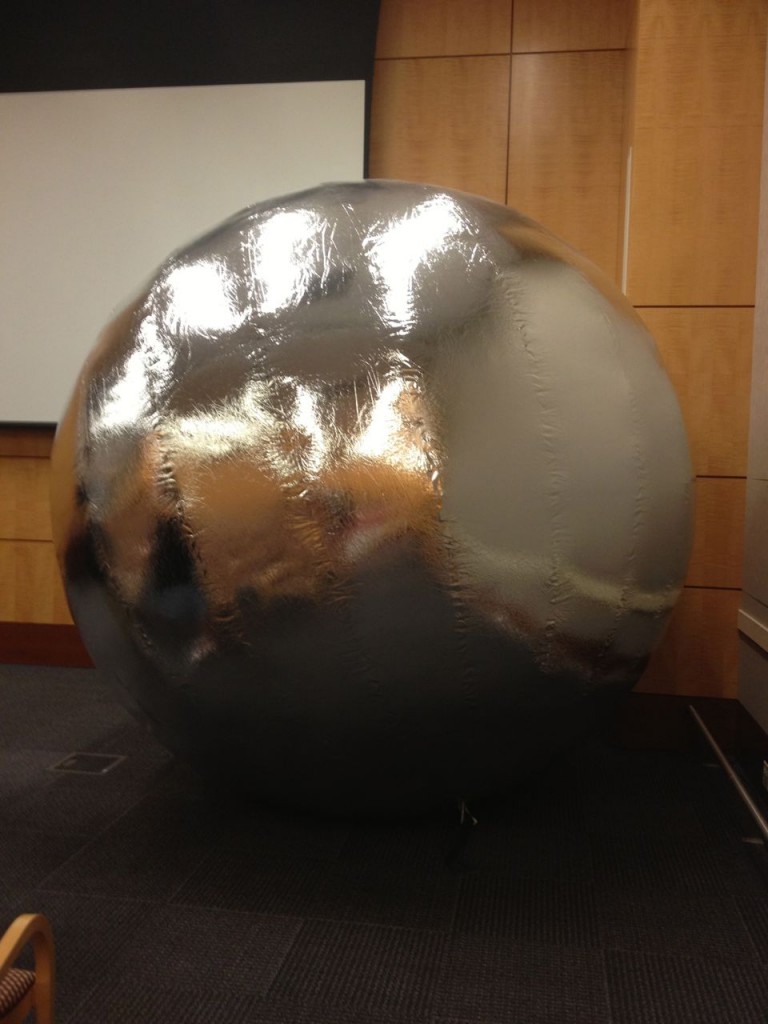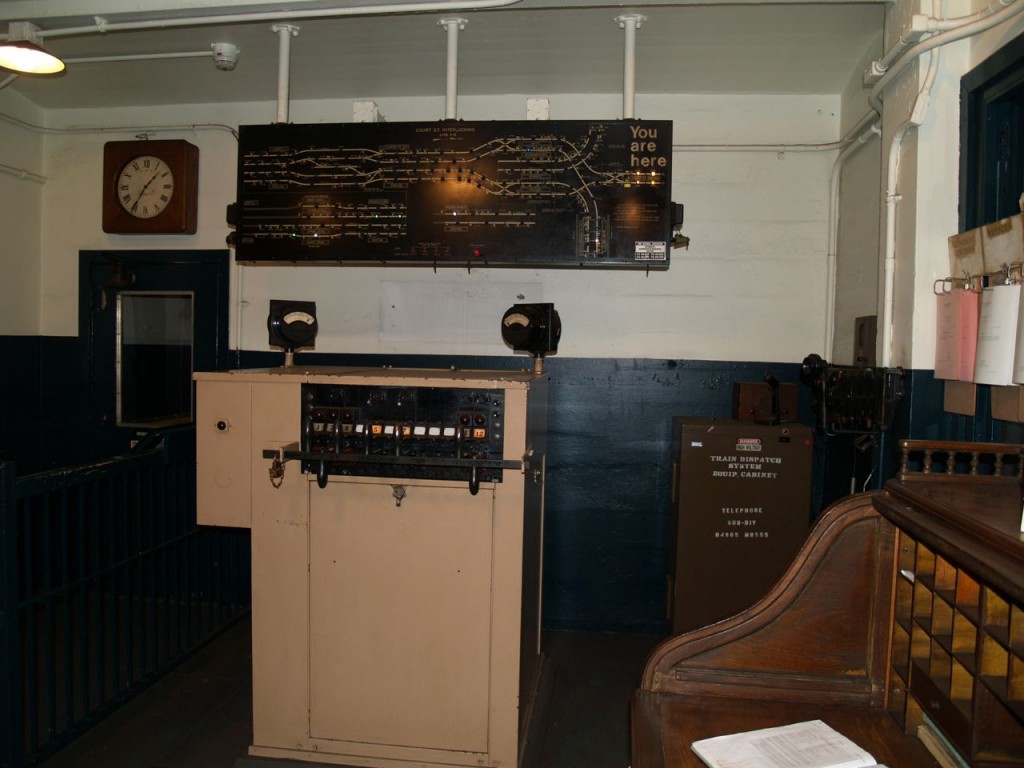My boss retired today. I am going to miss her very much. She was a great boss and a great coworker. There were projects on which I very much worked with her and not for her. She is very knowledgable, smart, and great at communicating science to non-scientists. My workplace is losing a great worker. My coworkers and I wanted to throw her a great party before she left. Somehow I ended up planning most of the party decorations. Most people would probably think a nerdy engineer would make a bad party decorator, and they most likely are correct. However my boss is a geologist, and I wanted party decoration that honored her and her work. Thus, most of the party decorations came from Home Depot. Yes, seriously. I wanted to go with a geology and engineering theme, so where else am I going to buy stuff? What kind of party decorations can you get at Home Depot? Read on.
 Table cloth made from orange safety fence. In some places, this is known as magic orange fence. It is “magic” because on one side of it, you need personal protective equipment (PPE) such as respirators, and on the other side, you are fine. Sometimes, the fence is just used to keep chickens, goats, dogs, etc. off the construction site. The table decorations are rocks and little yellow hard hats that coworkers found at various party and other type stores.
Table cloth made from orange safety fence. In some places, this is known as magic orange fence. It is “magic” because on one side of it, you need personal protective equipment (PPE) such as respirators, and on the other side, you are fine. Sometimes, the fence is just used to keep chickens, goats, dogs, etc. off the construction site. The table decorations are rocks and little yellow hard hats that coworkers found at various party and other type stores.
Streamers made from yellow caution tape and red danger tape.
 The banner and construction equipment mobiles came from a party supply store. My coworker who bought them told me it was difficult to shop for my theme, but she found the construction equipment mobiles.
The banner and construction equipment mobiles came from a party supply store. My coworker who bought them told me it was difficult to shop for my theme, but she found the construction equipment mobiles.
 The coworkers in my branch and I decided to give our boss a few gag gifts. Someone suggested making our boss where a tiara for the party. I said it would be more appropriate for her to wear a jeweled hardhat, so I made this. It is a regular hardhat with four-point suspension that meets ANSI and OSHA standards. I just spray-painted it silver and then glued plastic gemstones to it. Just because you have to wear PPE doesn’t mean you can’t have style or bling.
The coworkers in my branch and I decided to give our boss a few gag gifts. Someone suggested making our boss where a tiara for the party. I said it would be more appropriate for her to wear a jeweled hardhat, so I made this. It is a regular hardhat with four-point suspension that meets ANSI and OSHA standards. I just spray-painted it silver and then glued plastic gemstones to it. Just because you have to wear PPE doesn’t mean you can’t have style or bling.
After people looked at my decorations and hardhat, I was told several times today that I think outside the box. I take that as a compliment. My box is probably on another planet in fact.







































